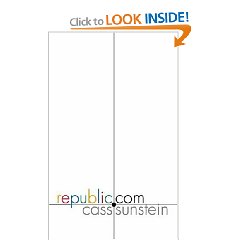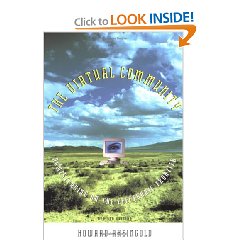This is important helpful legal opinion that is clearly “tuned in” to modern information technology and all its dangers as well as its potential. This book is designed for the citizen-reader worried about the future of the Republic. It is both easy to read and necessary to read–a very articulate and comprehensive starting point for devising new law appropriate to the 21st century. I recall Mike Nelson, the author assistant to then Senator Gore in the crafting of the National Information Infrastructure legislature, talking about the frustration of trying to manage 1990's technology with 1950's law. This book, and its author, represent the first decent intelligent brief I have seen connecting the first principles of our Constitution and our Supreme Court interpretations, with the realities of this century's information technology and the threat of chaos in cyberspace.
Gems abound. From the author's deep understanding of the dangers of undocumented computer code that contains pre-planned censorship and routing and privacy violation hooks, to his understanding of the need for diversity filters that expose one to contrasting viewpoints, to his discussion of emerging solutions from deliberative opinion polling (includes intelligence) to constructive URL linkages to the dangers of .coms over-whelming .orgs and .edus, this book is the best single lecture in the literature I have read in the past ten years–certainly important to the future of democracy in an electronic age.
The author concludes with a discussion of six reform possibilities, including deliberative domains; required disclosure by communications firms; voluntary self-regulation; economic subsidies for democracy-beneficial content and websites; “must carry” rules on *popular* websites (one might include pornographic websites) in the form of links designed to nurture exposure to substantive questions; and “must carry” rules on divisive highly-partisan websites in the form of links to contrasting views.
The book includes excellent biographical notes suggesting other readings, has strong and interesting footnotes, and a good index. This is an intelligent, moral, civic book.
The author renders us all a major service in bringing forth our foundational thinking–Mill on the importance of humans being exposed to the diversity of the human experience; Dewey on the infantile state of social knowledge, Brandeis on how public discussion is a political duty and that the greatest menace to liberty is an inert people–examining the current and projected legal and moral and social Internet and information trends–and suggesting how good law might yet lead to good results.
At 202 pages, pocketbook size despite its hard cover, this is a well-developed contribution to the great conversation that should be owned and read by anyone who cares to speculate on the future of the Republic. Seriously powerful stuff–and an ideal gift to include when you write a check to your elected representatives.









